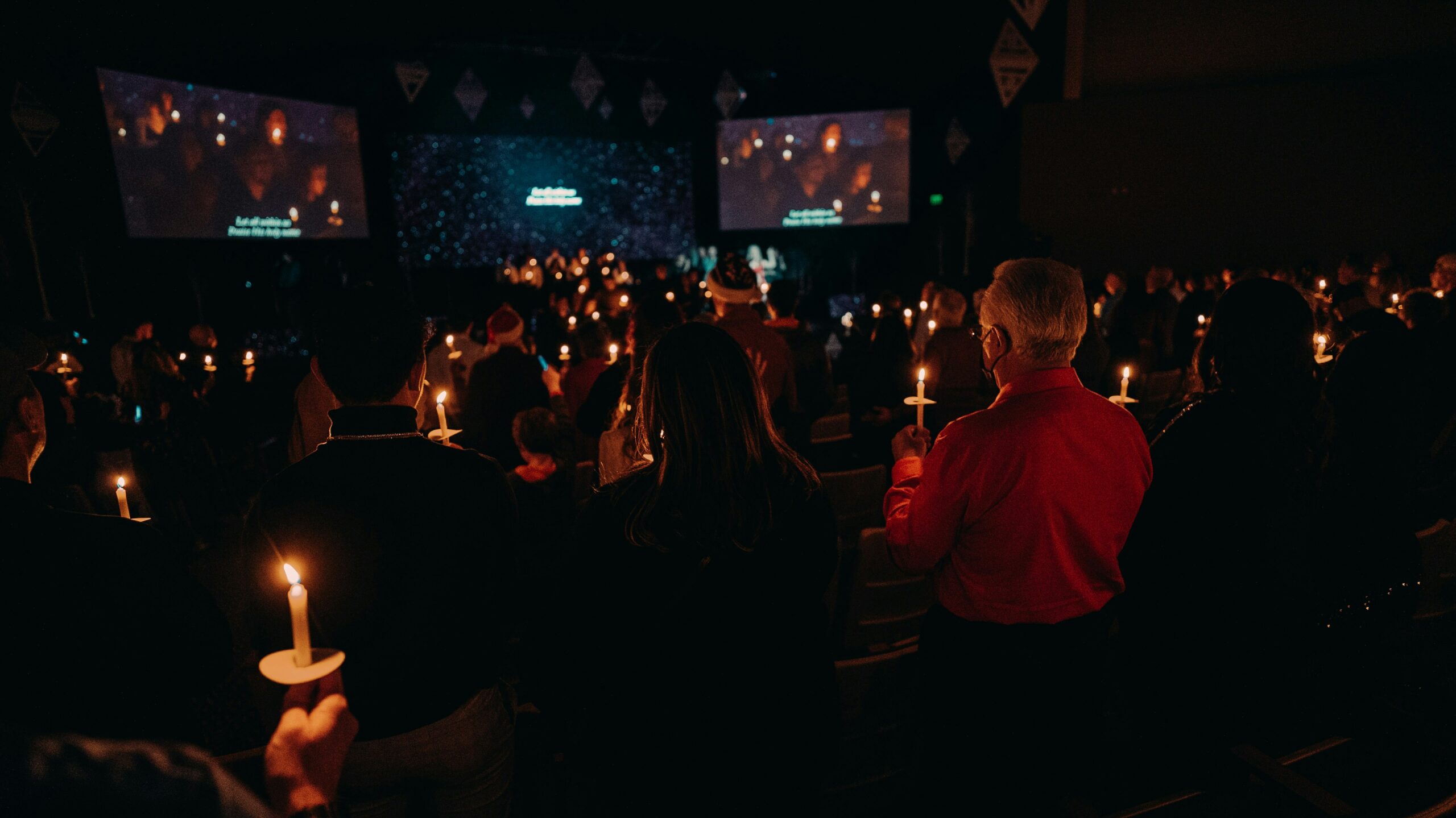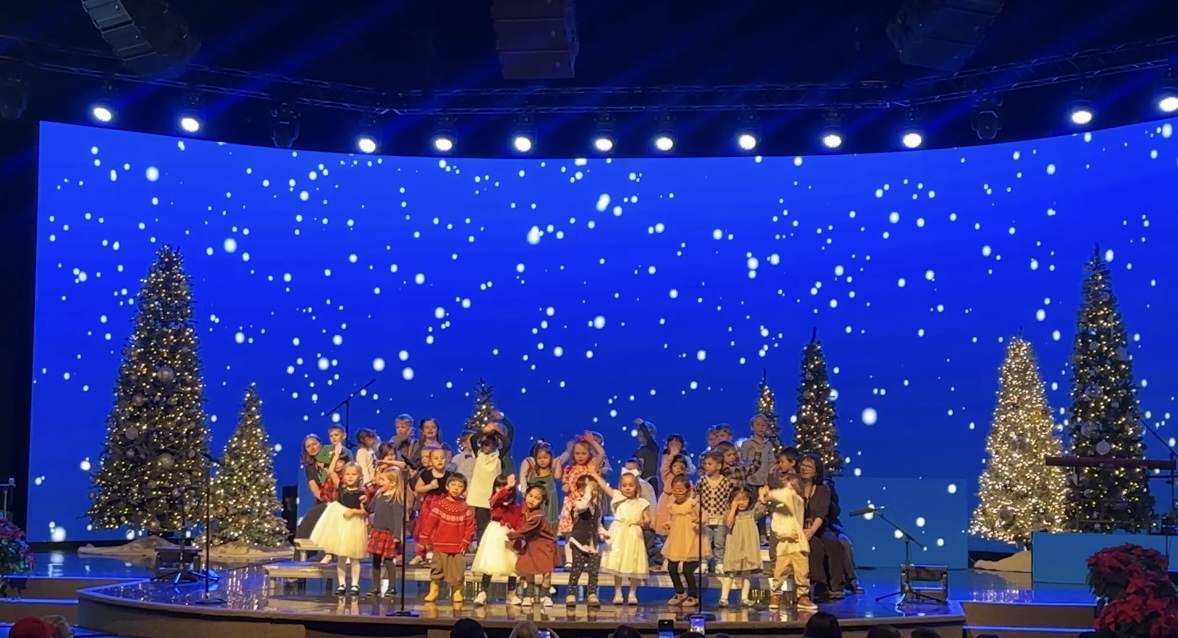You are a Caucasian family with an American background and culture who recently got licensed as a licensed foster family. You are eagerly waiting for your next placement and are excited to open your home to care for a child in need. Your social worker calls you with a potential new placement, and after assessing if the child is a good fit for your family you say, “Yes” and begin getting your home ready for the child so that it can be as welcoming as possible. The social worker shared that the child’s ethnicity is Hispanic, and you feel both excited and intimidated by the prospect of adding a child to your home from a different ethnic background than your own. Where do you begin? What can you do to help the child maintain connection to their culture?
In Washington state, with the racial disproportionality (1) in foster care, it is very possible that you may receive placement of a child with a race and ethnicity different than your own. This may feel daunting at first, but with the magnitude of resources available in the community and online, you can familiarize yourself with the child’s culture and ethnic background and find many opportunities for them to stay connected with their cultural heritage in and outside your home.
Cultural identity plays an important role in a child’s mental health, self-esteem, and overall well-being. When a child remains closely connected to their culture, they are typically more resilient and have better coping skills. (2) It is vital that you as a foster parent, invest your time in doing what you can to help meet a child’s racial and ethnic needs. With the world wide web at your fingertips this can be very easy! Reading blogs, books, and watching videos about different cultures and their holidays, traditions, and practices is a great place to start.
Here are a few ways you can support a child’s connection to their culture:
- Engage the child in conversations about their culture- if a child is at an age where they can share about their cultural identity and practices, they can provide you with a rich source of information about their culture. Ask the child what holidays they celebrate, what their traditional clothing is, what traditional meals they eat, and what their family does to celebrate special occasions such as birthdays and other life milestones.
- Support the child’s connection with their birth family- when appropriate to do so help the child maintain connection to their biological parents, siblings, and relatives by making them available for family time visits and providing opportunities to celebrate special occasions together. If you have photos of the birth family, place them on the wall in the child’s room or in an album for the child. If the biological parents are open to writing in a journal that gets passed to them during family time visits, this can be a way for you to connect with them and ask them how you can support the child’s cultural background in the home, especially during special occasions or with traditional meals or clothing.
- Connect the child to the history of their cultural heritage– Read books, watch movies, explore cultural art pieces, listen to music from the child’s culture, and take the child to a local museum specific to their culture. Learn together with the child about their history and have conversations based on what you have learned.
- Take the child to community events where their ethnic community gathers- Take your child to community events where they can engage in experiences and conversations with peers in their own language. This may be a church, cultural festival, or a social gathering. If you are up to it, practice speaking their language in your home (even if you have never done so.) This is a wonderful way to show openness to learning about and embracing an important part of the child’s culture.
- Prepare traditional meals for the child in your home- Ask your child what their favorite meals are and when possible, include a few of those items throughout the week. This will be a fun way for you to try something new and for them to have a comforting taste and reminder of their culture and home.
By implementing some of these items you will be well on your way to making a child feel welcomed and honored in your home as you help them stay connected to their culture.
If you live in the Seattle area here are some websites celebrating different ethnic background that you can start exploring.
Native American
Indigenous People Festival
United Indians
African-American
Northwest African American Museum
Black History Landmark Monuments
Hispanic
Sea Mar Museum
Hispanic Heritage Month
References:
- WASHINGTON STATE DCYF RACIAL DISPARITY INDICES REPORT (2018)
- Supporting Cultural Identity for Children in Foster Care
Blog Posts with More Tips:



